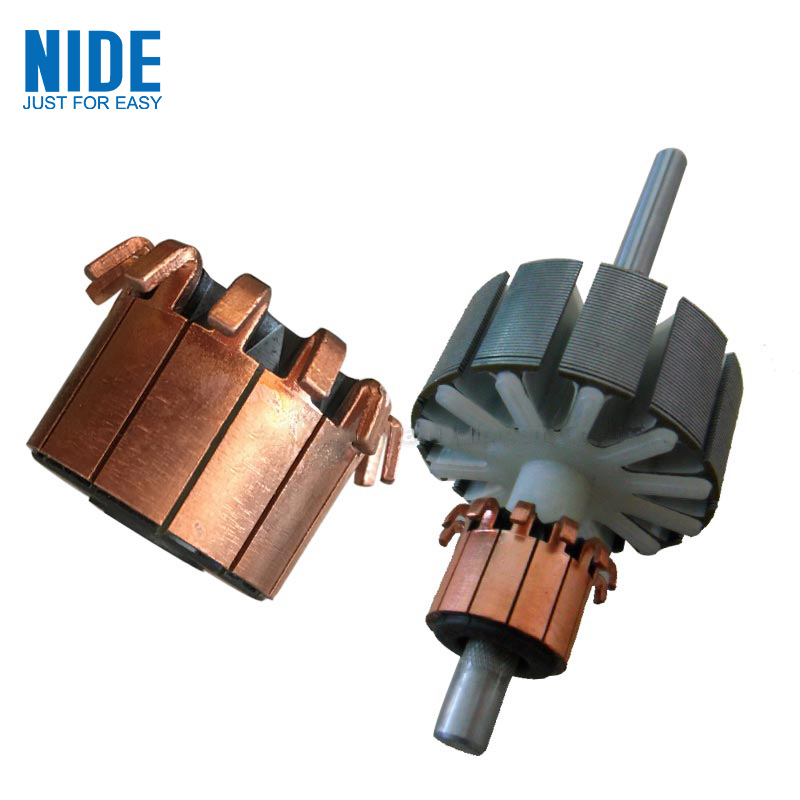Air Conditioner Commutator
The Air Conditioner commutators we produce mainly have hook type, groove type, flat type and other specifications. We produce slot, hook and plane commutators for DC motors and series motors.The following is an introduction toAir Conditioner Commutator, I hope to help you better understand it.
Send Inquiry
Air Conditioner Commutator
Product Introduction
Air Conditioner Commutator: Optimal Performance for Cooling Excellence
Upgrade the functionality and reliability of your air conditioning systems with our precision-engineered Air Conditioner Commutator. Designed to meet the demands of modern cooling technology, this commutator plays a pivotal role in ensuring the smooth operation of air conditioner motors.
Key Features:
Precision Engineering: Our Air Conditioner Commutators are crafted with precision engineering to meet the exacting standards of air conditioning applications. This ensures optimal performance and longevity.
Enhanced Cooling Efficiency: The commutator is tailored to enhance the efficiency of air conditioner motors, contributing to improved cooling performance. Experience a more effective and energy-efficient cooling process.
High-Quality Materials: Utilizing top-grade materials, including heat-resistant components, our commutators are built to withstand the demanding conditions within air conditioning systems. This guarantees durability and reliability.
Smooth Operation: The design of the commutator facilitates smooth and reliable motor operation, minimizing vibrations and noise. This results in a quieter and more comfortable air conditioning experience.
Compatibility: Our Air Conditioner Commutators are designed for compatibility with a range of air conditioner models, making them a versatile choice for various cooling systems.

Product Feature And Application
The Air Conditioner commutator is widely used in electric tools, household appliances, automobiles, motorcycle motors and other fields.

Product Details
A number of contact pieces that are attached to each contact on the rotor surround the commutator in an air conditioner. Only two of the two electrodes attached on the outside—referred to as brushes—are contacted simultaneously. The commutator performs rectification, which involves alternating the flow of current through the armature winding to maintain the direction of the electromagnetic torque. In the motor, he can convert the external direct current into the alternating current in the element, resulting in a constant direction torque. In the generator, he can convert the alternating electric potential in the element into the direct electric potential between the brushes.














